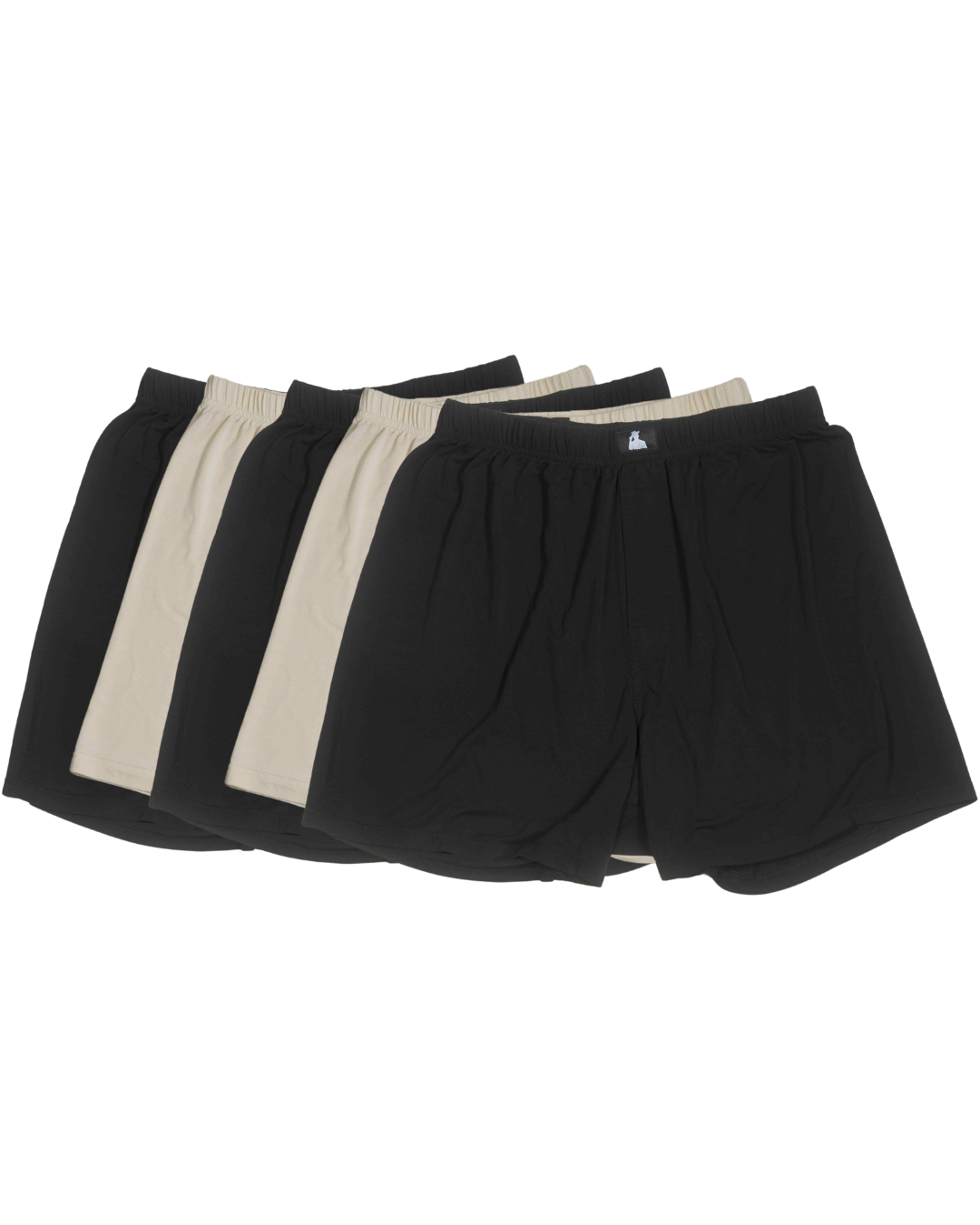Conclusion: A Simple Change with Big Benefits
Making the switch to eco-friendly men’s underwear might seem like a small tweak to your daily routine, but it can yield significant benefits. You’ll be taking better care of your body – keeping things cool, dry, and free from toxic chemicals – and at the same time taking better care of the environment. For health-conscious men, especially those thinking about fertility, it really is a no-brainer.
Why continue wearing underwear that may be undermining your reproductive health or polluting the planet? By upgrading to high-quality sustainable underwear, you invest in your own well-being and support a cleaner world. It’s one of those rare win-win choices. You don’t have to sacrifice comfort or style, either.
In the big picture, switching your underwear alone won’t solve all fertility or environmental problems, but it’s a meaningful step in the right direction. Positive change often starts with simple habits. Embracing eco-friendly underwear is an easy, proactive way to support your fertility and the future of the planet at once. Sometimes, doing the right thing really is as easy as getting dressed in the morning!


